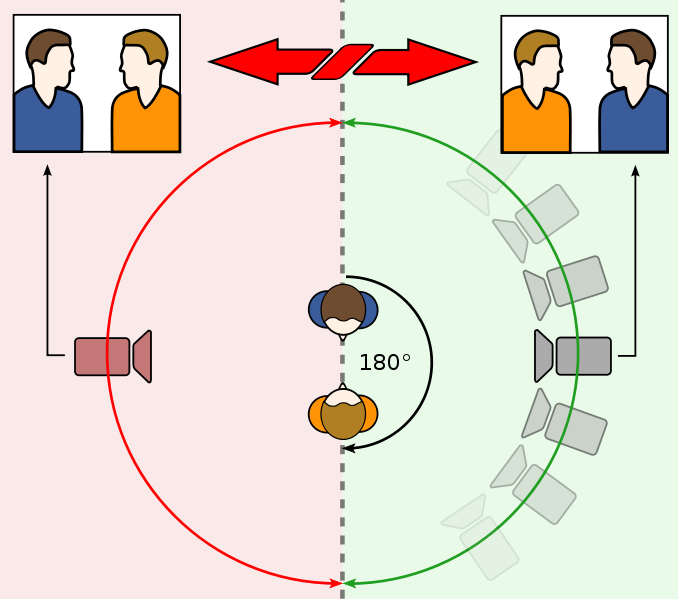The Beach is an adventurous and seductive thriller featuring Leonardo DiCaprio as the main protagonist called Richard.
In the opening sequence of the thriller, the location is based in a foreign country, the idea of the film being based in a foreign country sets the tension automatically for the audience as it is not a location, country that most people have common knowledge about or know very well, this creates an uncertain atmosphere due to a combination of continuity editing, which makes the audience feel like they're taking part and are uncertain where they are being lead at the beginning of the thriller. This meets one of the thriller conventions which is that thrillers give you this sense of uncertainty in order to build up that 'thrill' the audience is waiting to happen.
The camera shots which have been edited to create a sense of continuity editing used in the film were, shot reverse shot, which is used in conversation with the protagonist and another character, the audience feel like they're part of the scene which helps create the tension. There are reaction shots used at various times which helps the audience read the mood the character is in, how they're feeling.













